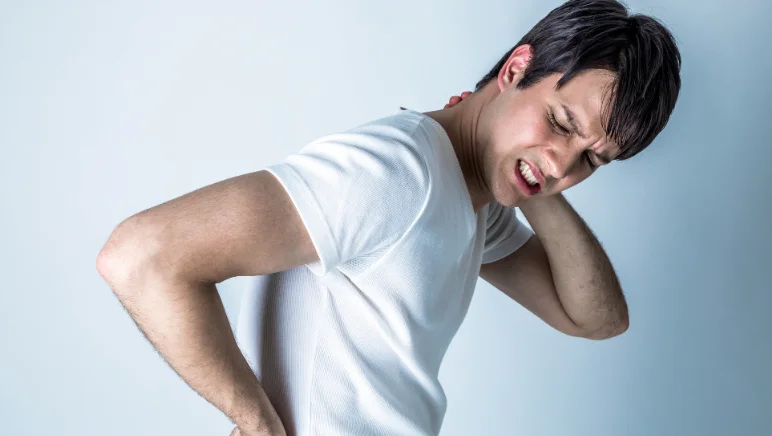Table of Contents
If you’re looking for the best compression socks, you’re in the right place! Compression socks are designed to help improve circulation, reduce swelling, and provide comfort, especially during long hours of standing or sitting. They can be a game changer for people who spend a lot of time on their feet or need extra support for their legs and feet.
Finding the best compression socks for your needs depends on factors like material, compression level, and fit. In this guide, we will explore the top options available and help you choose the best pair to keep your legs feeling fresh and healthy.
Why Compression Socks Are the Best for Leg Health

Compression socks can be a simple but effective solution for improving your leg health. These socks gently squeeze your legs and feet, which helps the blood flow better. This can reduce swelling and discomfort, especially if you stand or sit for long periods.
People with poor circulation often find that wearing the best compression socks can help keep their legs feeling fresh. They are also helpful for people who have conditions like varicose veins or swollen feet. Compression socks work by providing gentle pressure, which encourages blood to flow back to the heart.
If you’re someone who works long hours on your feet, you may notice less tiredness in your legs after wearing compression socks. They help to support the muscles and veins in your legs, making it easier to stand or walk for longer. Even athletes use compression socks to reduce muscle soreness after exercise!
How to Choose the Best Compression Socks for Your Needs
When choosing the best compression socks, it’s important to consider factors like fit, material, and compression level. Compression socks come in different sizes, so finding one that fits your legs properly is key for comfort. Socks that are too tight may cause more harm than good.
You should also look at the compression level. Compression socks are usually labeled with different levels, such as 15-20 mmHg or 20-30 mmHg. A lower level is good for daily comfort, while higher levels may be recommended for medical use or for people with specific health issues.
Finally, think about the material. The best compression socks are made from breathable fabrics like cotton or nylon.
The Top Benefits of Wearing the Best Compression Socks

Wearing the best compression socks comes with many benefits. One of the most noticeable is better circulation. By applying gentle pressure to your legs, these socks help blood flow more efficiently. This can prevent swelling and even help with conditions like varicose veins.
Another benefit is comfort. If you experience tired or aching legs after standing or walking for long periods, compression socks can offer relief. They also help reduce muscle fatigue, especially for athletes or people who exercise regularly.
Best Compression Socks for Swollen Feet and Ankles
If you struggle with swollen feet and ankles, compression socks might be your solution. Swelling can occur after standing for too long, sitting in one place, or due to health conditions like pregnancy or poor circulation. Wearing the best compression socks can help reduce the puffiness by promoting better blood flow.
These socks apply gentle pressure to the feet and ankles, which helps fluids move out of the affected areas. This reduces swelling and makes the legs feel lighter. The best compression socks for swollen feet should provide the right amount of pressure without being uncomfortable.
Are Compression Socks the Best Solution for Varicose Veins

Compression socks are often recommended for people with varicose veins. Varicose veins occur when blood pools in the veins, causing them to swell and become visible under the skin. The best compression socks can help manage the symptoms of varicose veins by applying gentle pressure to the legs.
By squeezing the legs, compression socks help the blood move more efficiently, preventing it from pooling in the veins. This can reduce the appearance of varicose veins and also lessen the pain and heaviness that come with them.
Conclusion
In conclusion, wearing the best compression socks can make a big difference in your leg health. Whether you are looking to improve circulation, reduce swelling, or just make your legs feel more comfortable, these socks are a great solution. They come in different styles, levels of compression, and sizes to fit your needs. Plus, they are not only helpful but also easy to wear during your daily activities or workouts.
If you want to stay active, feel better, and reduce leg fatigue, the best compression socks are a great choice. Always make sure to find the right fit and compression level for your lifestyle, and you’ll notice the benefits in no time. These socks are a simple way to give your legs the support they need to stay healthy and comfortable.
FAQs
Q: What are compression socks used for?
A: Compression socks are used to improve blood flow, reduce swelling, and relieve discomfort in the legs and feet. They are helpful for people who stand or sit for long periods, athletes, or those with poor circulation.
Q: How do I know which compression socks are the best for me?
A: The best compression socks for you depend on your needs. Look for socks with the right compression level (usually labeled on the package) and choose a size that fits comfortably.
Q: Can compression socks help with varicose veins?
A: Yes, compression socks can help manage the symptoms of varicose veins by improving blood circulation, which reduces swelling and discomfort.
Q: How long should I wear compression socks each day?
A: It’s recommended to wear compression socks for 8-10 hours a day for comfort. For specific medical conditions, it’s best to follow your doctor’s advice.Q: Can I wear compression socks while exercising?
A: Yes, wearing compression socks while exercising can help reduce muscle soreness and improve circulation, especially after intense workouts or long runs.




